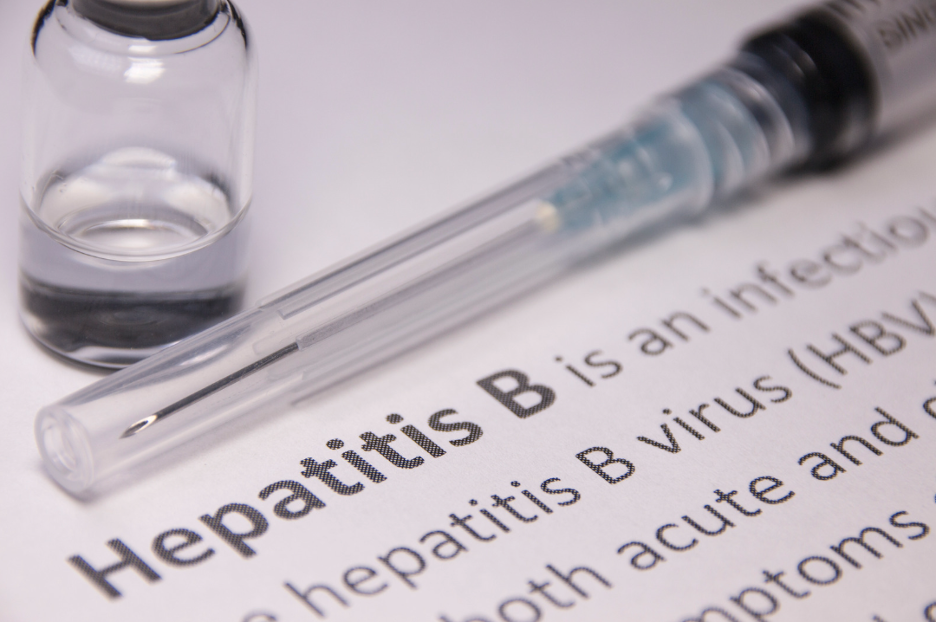Earlier this month, CMS delivered its final rule on the Quality Payment Program, starting January 1st, 2018. The following are eight critical points from the Final Rule that you should be aware of:
- The low-volume threshold for MIPS was increased- The 2018 final rule raises the low-volume limit so that fewer providers will be subject to MIPS. The adjustment makes providers that bill less than $90,000 in Medicare Part B charges or treat fewer than 200 Medicare Part B beneficiaries, exempt from MIPS.
- MIPS category weight shift- The final rule reweights the quality and cost performance categories. Below is the updated performance category weighting for 2018:
- Quality 50%
- Cost 10%
- Improvement Activities 15%
- Advancing Care Information 25%.
- More bonus opportunities- Physicians in practices of 15 providers or less can now earn five additional points by submitting data on at least one performance category. Providers can also earn up to five bonus points for treating complex patients. (as defined by the Hierarchical Condition Categories (HCCs) and the number of dually eligible patients treated)
- Electronic Health Records- According to the new rule, CMS will permit the use of 2014 Edition EHRs and provide a bonus for 2015 Edition systems.
- Hardship exception– CMS added a hardship exception for providers and practices affected by hurricanes Harvey, Irma, and Maria. The 2018 rule also includes a provision for extreme and uncontrollable circumstances.
- New clinical improvement activities– CMS is changing the previously adopted clinical improvement activities, and finalizing new activities for 2018.
- Creation of virtual groups- CMS is now allowing solo practitioners and small practices the choice to form or join a Virtual Group to participate with other practices. Individual physicians and groups of 10 or fewer eligible providers will now be able to band together regardless their location or specialty, to report on MIPS measures.
- Easier participation in Advanced APMs- The new rule is making it easier for eligible clinicians to participate in Advanced APMs, which may allow them to qualify for incentive payments. Specific policies include:
- Making an extension to the 8% revenue based nominal amount standard to qualify for Advanced APM, through performance year 2020.
- Exempting Round 1 Comprehensive Primary Care Plus participants currently participating clinicians from the 50-clinician limit on organizations that can earn incentive payments by participating in medical home models.
- Reducing the requirement for Medical Home Models so that the minimum required amount of total financial risk increases more slowly.
- Making it easier for clinicians to qualify for incentive payments by participating in Advanced APMs that begin or end in the middle of a year.
References:



